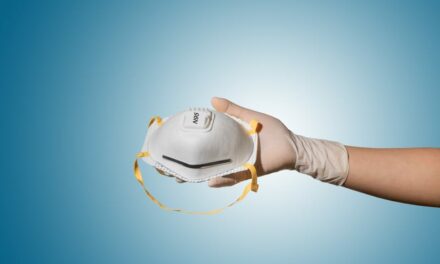A team of researchers from the National University of Singapore (NUS) has invented a foldable tent-like device that serves as a physical shield to reduce the risk of exposure to pathogens for healthcare workers performing droplet and aerosol generating procedures on COVID-19 patients. Known as the Droplet and Aerosol Reducing Tent (DART), the device was designed in collaboration with doctors from the National University Hospital (NUH).
The DART can lessen the risks of infection associated with procedures such as suctioning, intubation, and extubation by providing an extra layer of protection between the healthcare workers and the patient. It also helps to limit environmental contamination, which can be a source of transmission.
Practical and Versatile Solution
The DART is a portable, tent-like structure that that can be placed around the patient’s head when intubating or extubating. It weighs three kilograms, and can be folded into a flat structure measuring around 51 centimeters by 55 centimeters, with a thickness of three centimeters, making it easy to transport, store and sterilizse. It is also simple and fast to set up.
Moreover, the device features transparent polycarbonate panels, 3D printed nylon joints and Delrin inserts. These durable materials were chosen by the NUS team to enable the device to be sterilized by all standard forms of decontamination used in hospitals, such as elevated temperature autoclaving, and using alcohol of 70 % concentration. This facilitates the reusability of the device and eliminates the risk of cross-contamination.
Further, arm access ports are situated on the back and side panels of the device. The snap-on flanges allow the attachment of disposable sleeves or diaphragms. This addresses the concern of the arm ports being high-risk areas of contamination and gives the healthcare workers the option to use either sleeved or diaphragm seals—materials easily available in hospitals—according to their preference. The elliptical shape of the access ports gives the user more leeway for arm movements and to am which are important in handling the patient.
A key feature of the DART is its ability to direct air within itself through a high-efficiency particulate air (HEPA) filter. It has a set of connectors that enables suction from a central vacuum system, or by a battery-operated fan attached to a HEPA filter. The negative pressure generated reduces leakage of exhaled aerosols or droplets from the patient out of the confines of the DART.
Finally, preliminary findings by the research team showed that the DART performs its barrier function as designed, and the exhaust function via the HEPA filter gives additional assurance to the user.




